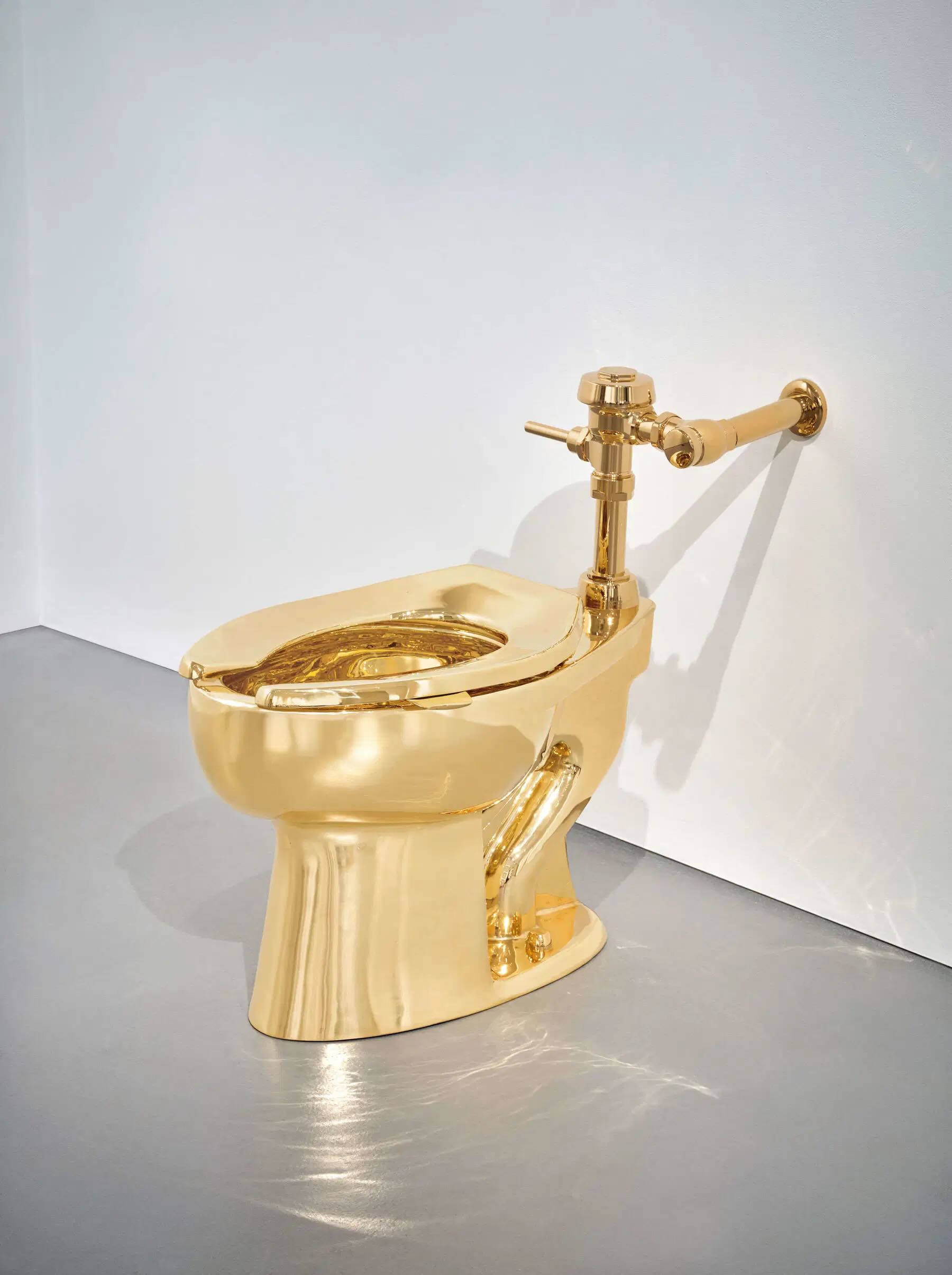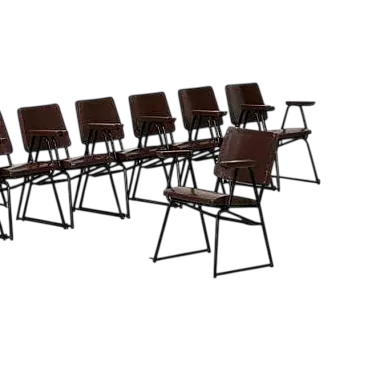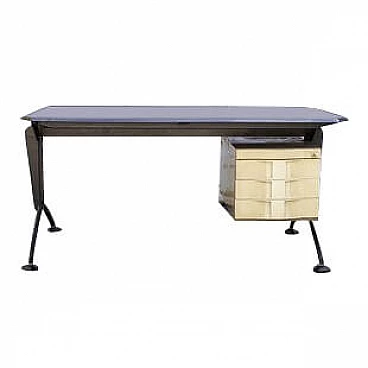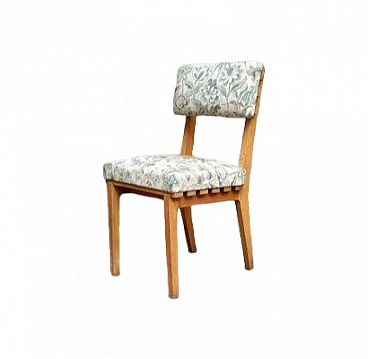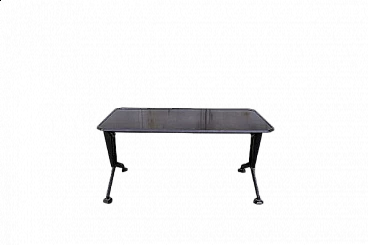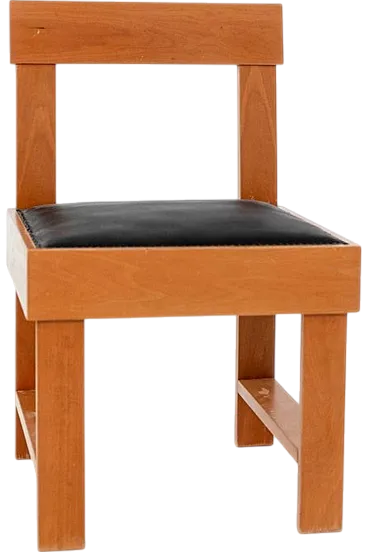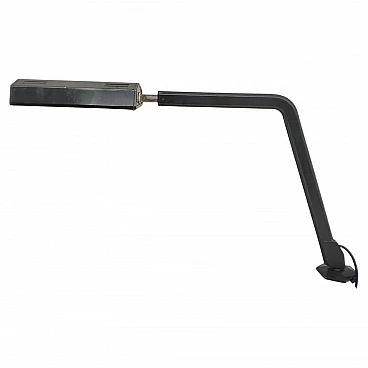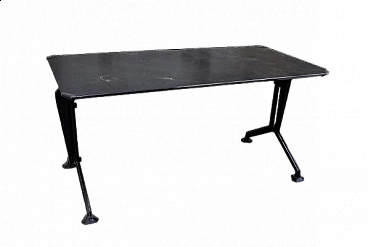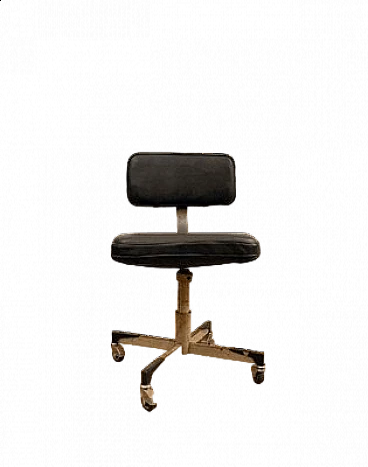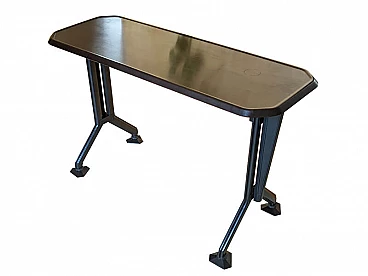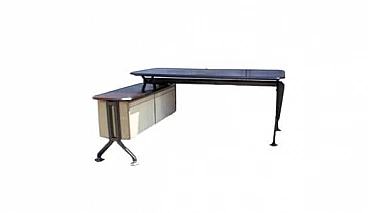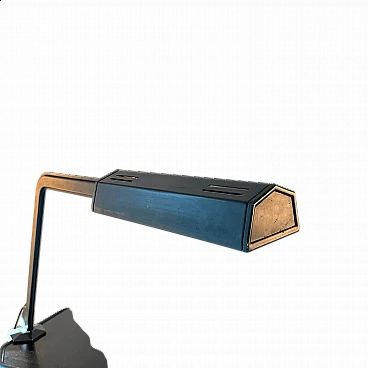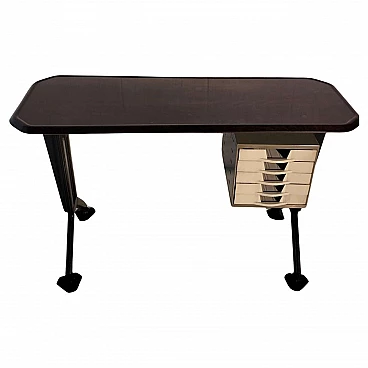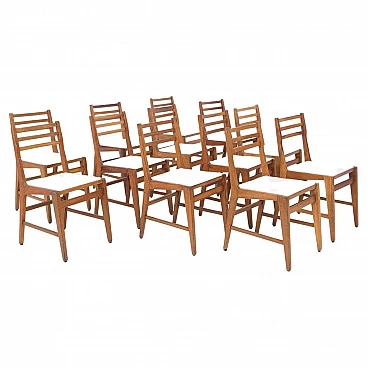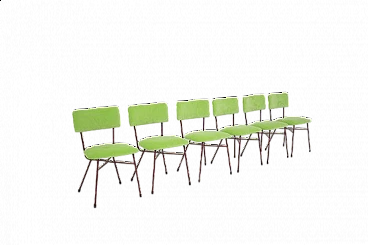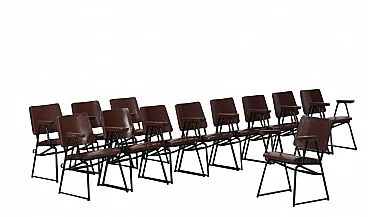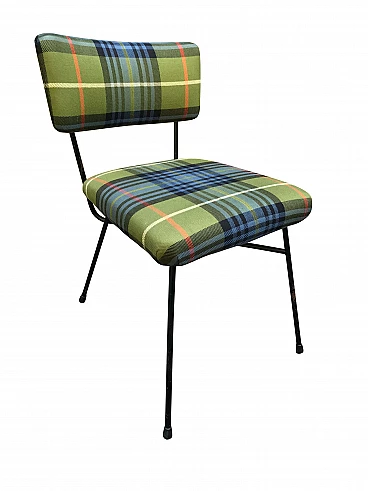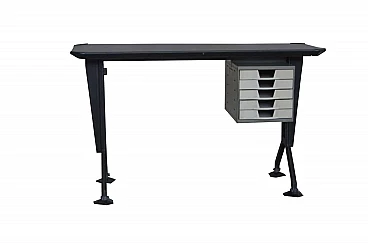
Studio BBPR
One of the highly sought-after names on the global vintage market, BBPR is the acronym of group of Milan based architects and designers Gian Luigi Banfi (Milano, 1910- Gusen1945), Lodovico Barbiano di Belgiojoso (Milano, 1909-2004), Enrico Peressutti (Pinzano al Tagliamento, 1909 – Milan, 1976) and Ernesto Nathan Rogers (Trieste, 1909 – Gardone,1969). Distinguished in the field of authorial design with their iconic furnishings — including the innovative Spazio office furniture for Olivetti (winner of the Compasso d'Oro award in 1962) or the Elettra chair for Arflex —, BBPR worked primarily in architecture and urban planning, with projects including their most significant work, the Torre Velasca in Milan (1958), office buildings (such as the Olivetti Showroom on New York's Fifth Avenue, 1954), housing complexes on an international scale and important regulatory plans, such as that of Valle d'Aosta (1936). Supporters of modern rationalist architecture promoted by fascism, after the introduction of the racial laws in 1938, BBPR distanced themselves from the regime, becoming an active part of the Resistance; Banfi died in the concentration camp of Gusen, Belgiojoso (also deported to Gusen) survived, while Rogers, of Jewish origin, managed to escape to Switzerland. Once reunited after the war, in 1946 Belgiojoso, Peressutti and Rogers created the monument dedicated to the victims of the German concentration camps in the Monumental Cemetery of Milan. From the post-war period onwards, BBPR combined the work of designers — among the greatest ventures was the setting up of the 9th Milan Triennale in 1951, legitimizing industrial design in Italy — with an intense academic and editorial activity.






.png)




